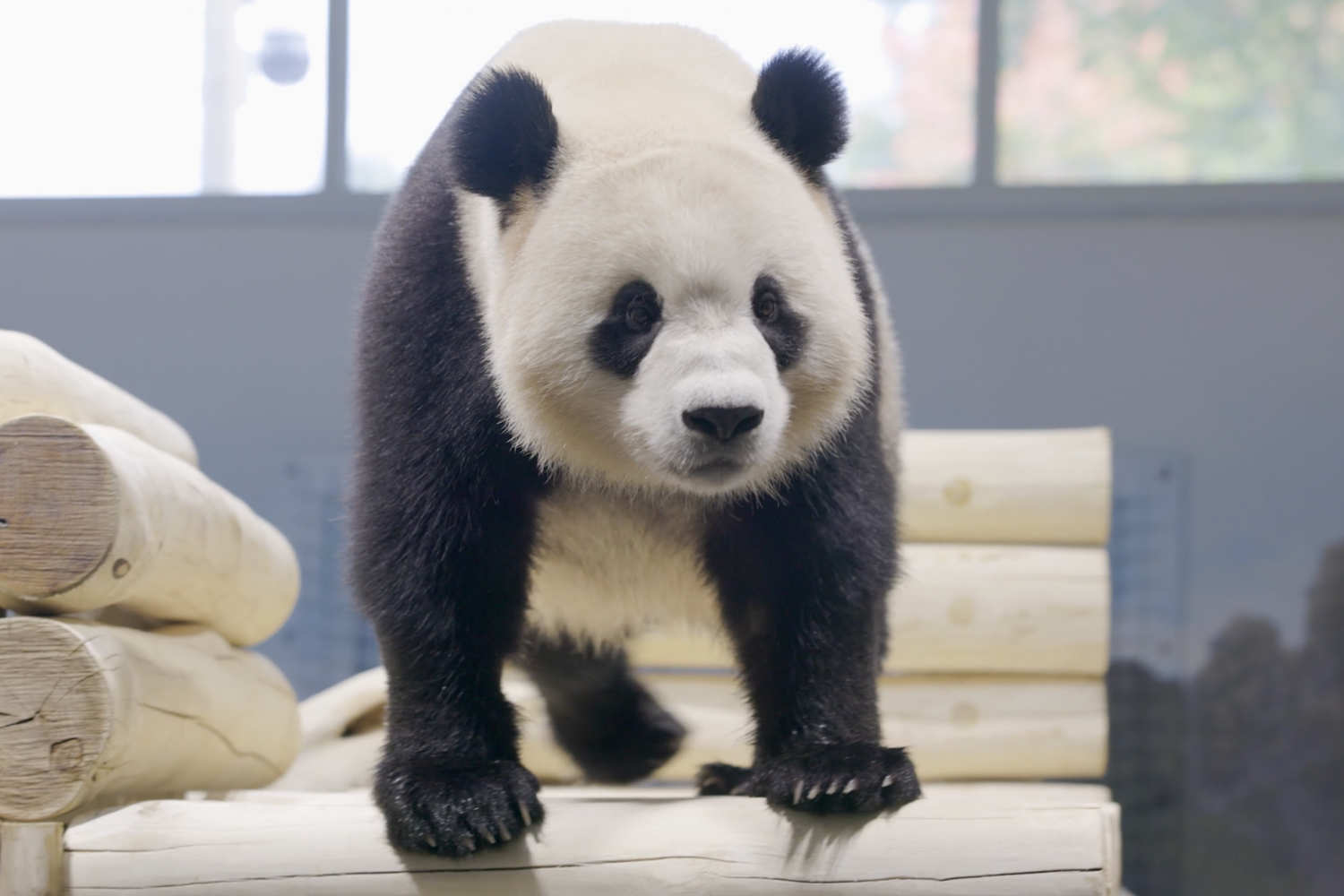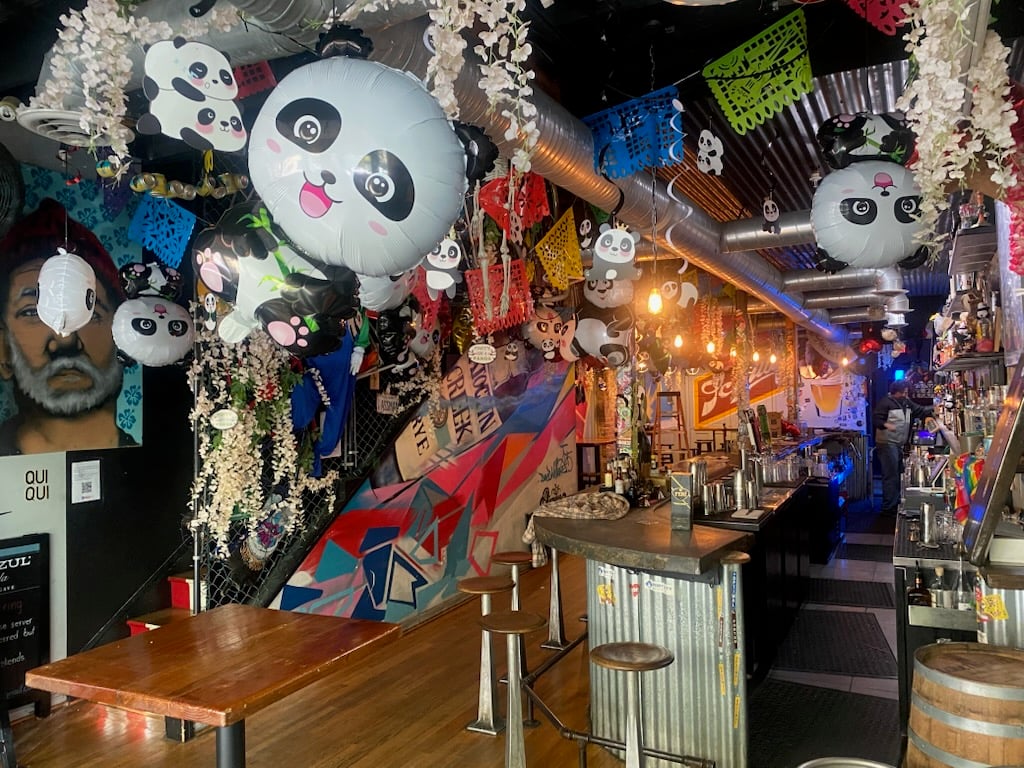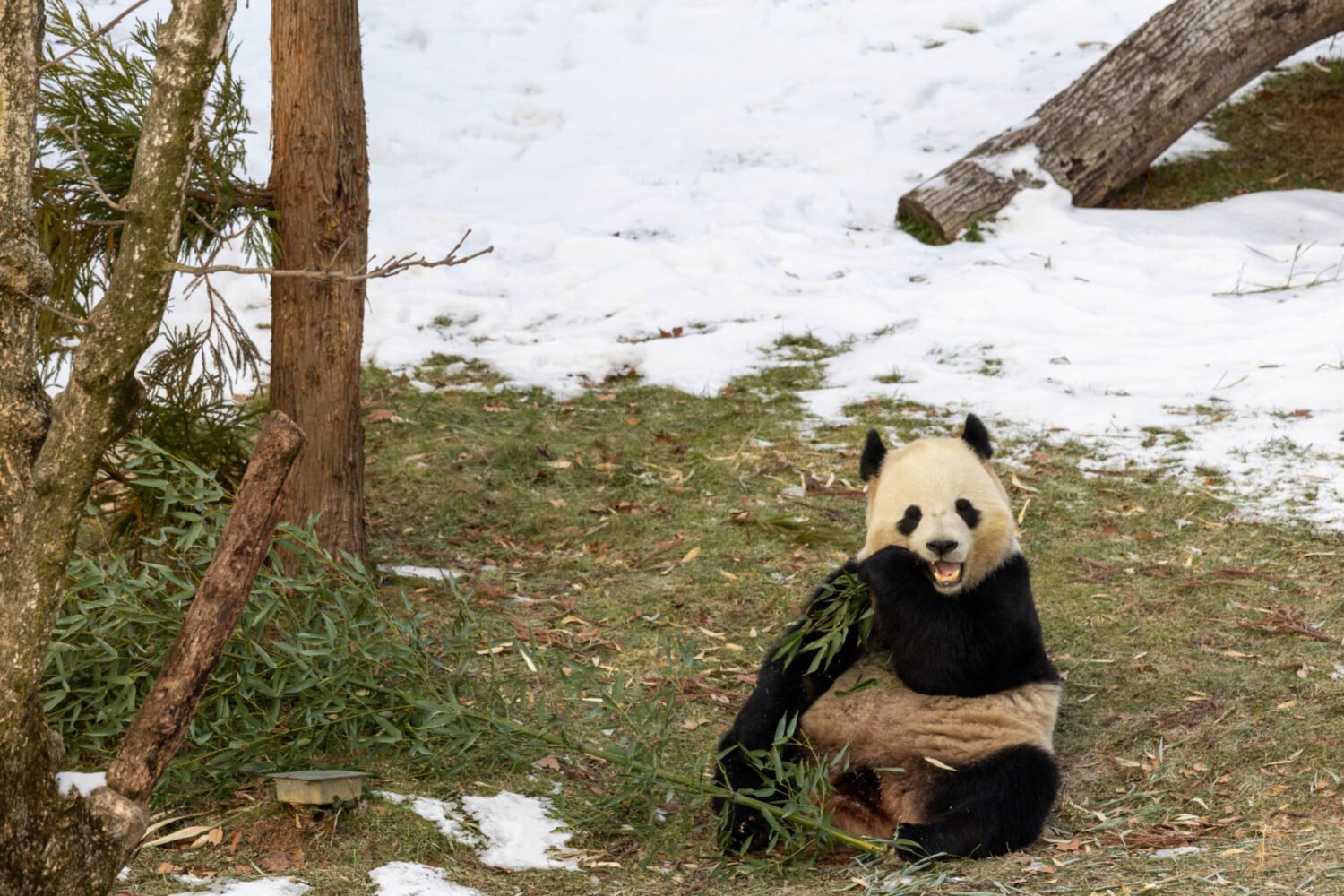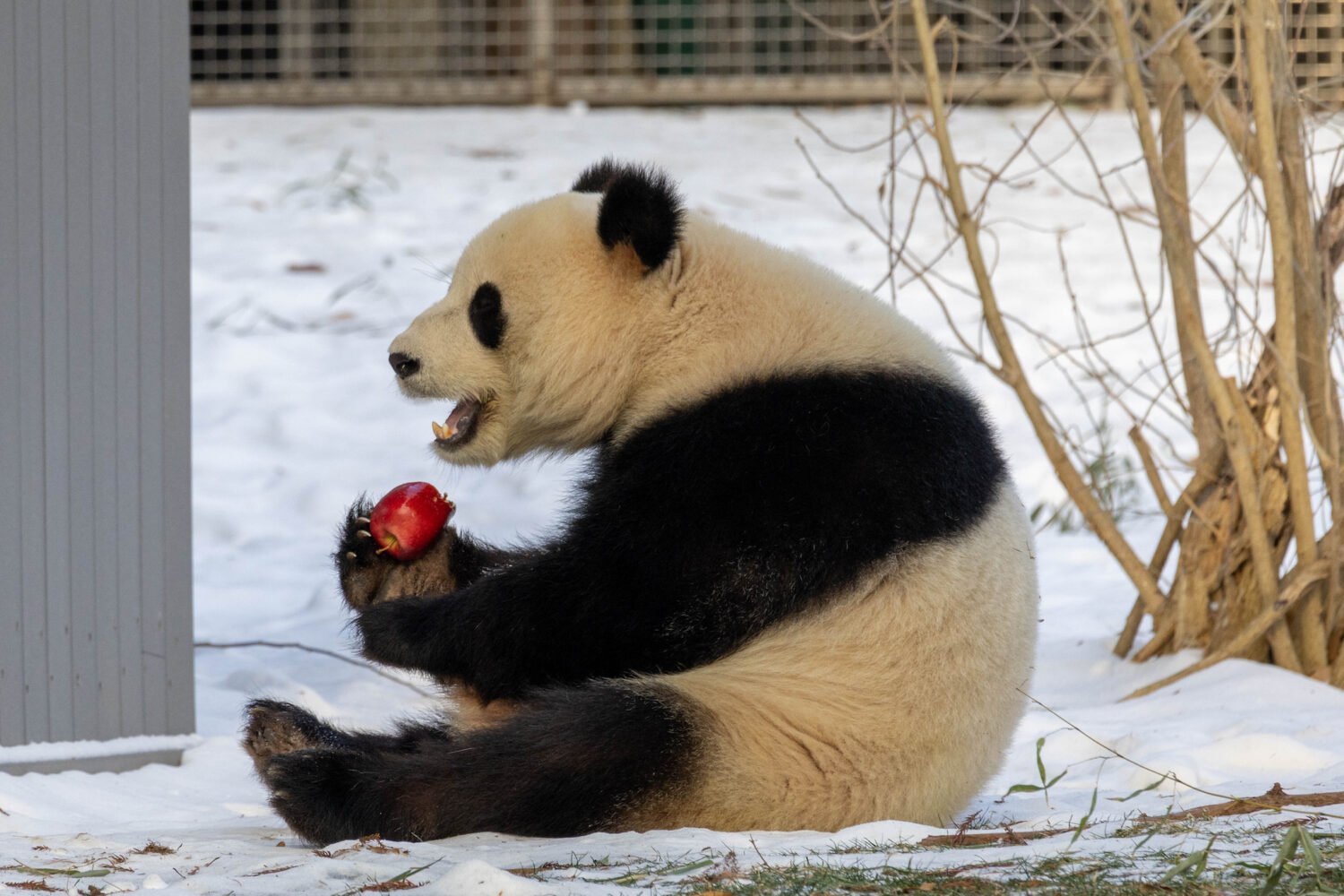A year of trade tension with China has frightened regional industries all over the country: Wine exporters in California, soy farmers in the midwest, pork producers in the south. In Washington, though, a decent amount of the parochial worry seems to be focused on a rather more specific local institution: Smithsonian’s National Zoo, where the favorite attraction for much of the past half-century has been the Panda House.
“Could pandas get caught in the U.S.-China trade war?” the Washington Post’s Metro section asked, while a New York Post headline blared “Giant pandas may leave U.S. zoos as trade war rages.” MSNBC weighed in on the pandas’ fate too: “Losing these majestic creatures over a trade war after seeing little Bei Bei grow up before our eyes would be for visitors and animal lovers around the world and here in the U.S. alike, unbearable” an anchor announced over a treacly slideshow of cub photos.
The concern is understandable. Pandas began their National Zoo career as the result of a diplomatic engagement—the first panda couple were a gift from Zhou Enlai to Richard Nixon following Nixon’s historic visit to the People’s Republic—so it’s easy to imagine that Hsing-Hsing and Ling-Ling’s successors could become casualties of the new cold war.
But people who have studied the history of China’s “panda diplomacy” appear to be less worried than the average zoogoer. It’s a history that involves deploying pandas to win goodwill—but little evidence of withdrawing pandas as punishment.
According to Kathleen Buckingham, who co-authored a 2013 paper on the practice, Beijing once gave pandas as gifts to sweeten relations with other countries. Well before he became chummy with Nixon, Mao gifted bears to Soviet leader Nikita Khrushchev and to Kim Il-Sung of North Korea. Things changed, though, as China opened up to more a capitalist system in the late 1970s. The country shifted the focus of its panda strategy from geopolitics to markets. It also changed the terms of panda diplomacy. Instead of gifts, there would be monthly leases, as in the case of the two pandas presented to the Los Angeles Zoo in 1984, a practice that evolved into longer-term loans designed to facilitate breeding.
That’s basically what the Zoo has had in place for the past two decades. Unlike the original pandas—which the Zoo owned, but who never successfully produced cubs—the successor pandas come for fixed periods of time. Under the terms of the agreement, any offspring remain Chinese property. Hence the impending departure of Bei Bei, who under the lease’s terms is to be sent back to China after his fourth birthday.
That’s not to say panda diplomacy is purely commercial. There’s a fine line between goodwill and the building of “guanxi,” loyal trade relations marked by reciprocity. There have been a number of recent panda loans to Asian neighbors who have inked free-trade agreements and to other nations who granted access to critical resources. Follow the money, or the pandas, and you’ll find loans that coincide with France’s $20 billion package of deals involving the supply of uranium oxide and a £2.6 billion contract for supply of salmon, Land Rovers, and renewable energy technology from Scotland.
Which brings us to today. Per an agreement with the China Wildlife Conservation Association, the extended lease of the current adult panda couple, Mei Xiang and Tian Tian, will run out on December 7, 2020. The current US government is most emphatically not inking free-trade deals with Beijing. But the good news for the Zoo is that, while panda gifting has historically been used as a sweetener by the People’s Republic, panda revocation has not, as far as scholars know, been used as punishment.
“There is a history of using pandas for political purposes,” says Liselotte Odgaard, a senior fellow at the Hudson Institute who focuses on relations between the US, China, and Europe. “However, in the trade war I don’t see how the pandas could be used very well. They’re usually more of a reward if the countries have things to offer with regard to trade.”
“I would be very surprised if they used it as a diplomatic weapon,” said David Dollar, an expert on U.S.-China economic relations at the Brookings Institution. “My sense is it would be off the table on both sides.” Among other things, taking cuddly bears away from zoogoing kids would be bad PR.
“It’s a difficult tool to wield as a threat because it can backfire,” says Timothy Heath, a senior international defense researcher at the RAND Corporation. “The payoff is very small. No government is going to change their policy over pandas.”
Mei Xiang and Tian Tian’s stay in Washington isn’t in immediate jeopardy, since the pandas remain part of a low-stakes area of symbolic cooperation, said Ali Wyne, a policy analyst at the RAND Corporation. However, the widespread media speculation around the zoo’s pandas indicates how much other areas of cultural, economic and scientific cooperation between the U.S. and China have degraded. “Even if nothing happens, the fact that we’re even discussing it it’s telling of how much the relationship has deteriorated,” Wyne added.



















